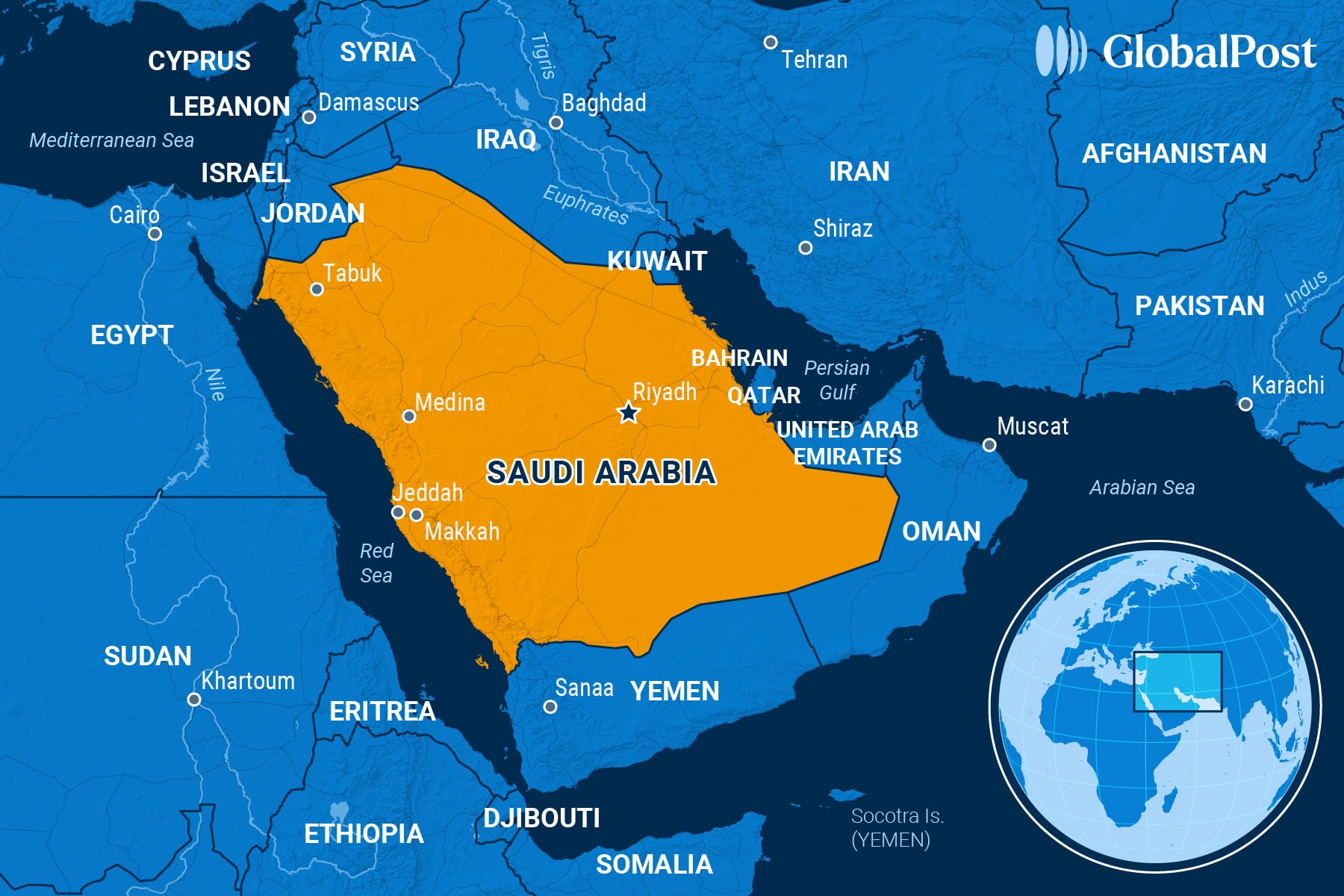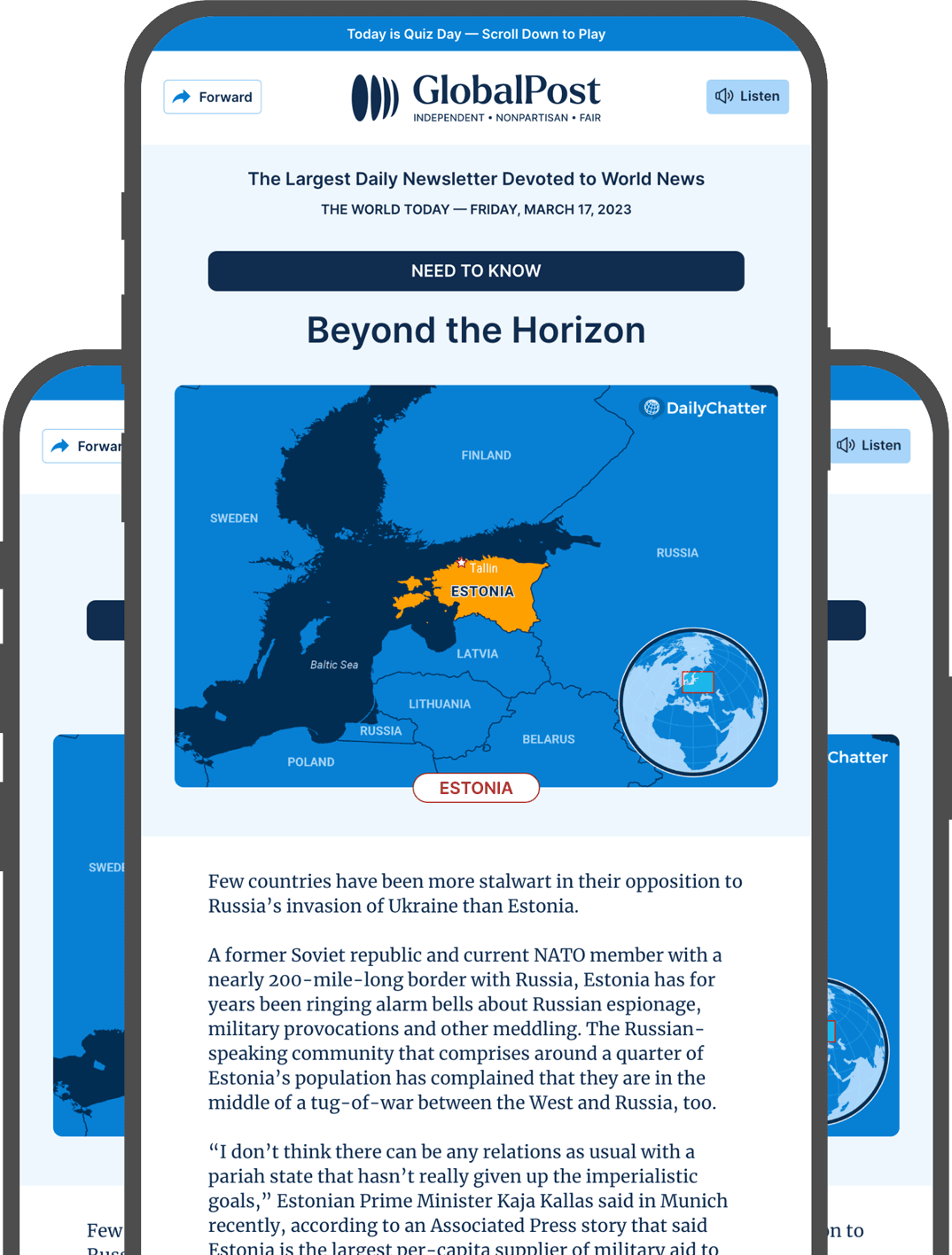Everything, Everywhere, All at Once: Saudi Arabia Moves Fast to Get a Makeover

The Nujuma Ritz-Carlton Reserve on the Red Sea recently opened in Saudi Arabia, the hotel chain’s first luxury resort in the Gulf kingdom. Like dozens of resorts making their debut in the deserts and coasts of the country, it offers guests “quiet luxury” and hopes to attract the world’s jet set.
What these luxurious retreats also offer the country and its de facto ruler, Crown Prince Mohammed bin Salman, also known as MBS, is a chance to diversify its oil-dependent economy and transform the country socially and culturally via a program known as Vision 2030.
The tourism initiatives that are part of this plan are in a class of their own, wrote Wallpaper:
“A number of so-called giga-projects have revealed vast landscapes rarely seen, uncovered ancient archaeological sites, and created buzzing destinations filled with some of the world’s most impressive hotels,” the design magazine gushed. “From Red Sea Global’s project to transform 28,000 square kilometers along the west coast of the country into a Maldives-like destination, to the $62.2 billion development program at historic Diriyah, it’s impossible not to get carried away by the inspiring energy pervading Saudi Arabia.”
But Saudi Vision 2030 goes far beyond luxury retreats.
It aims to transform Saudi Arabia, the steward of Islam’s holiest cities, Mecca and Medina, into a major economic hub in the Middle East and change its traditional, ultra-conservative image to one more moderate and forward-looking. And it wants to position the country as a major world player, analysts say.
Part of that is transforming its image abroad. Just eight years ago, tourism visas were impossible to obtain, investors were pulling out and political capitals were carefully avoiding the country because of the crown prince’s crackdown on the royal family, clerics, and critics and the 2018 killing of Saudi journalist Jamal Khashoggi, who was murdered in Turkey by Saudi security operatives.
These days, Saudi Arabia has managed to move past that pariah status, observers say.
For example, over the past few years, the country won the bids to host the 2029 Asian Winter Games, the 2030 World Expo, and the 2034 FIFA World Cup. These offer MBS a chance to show the world the new Saudi Arabia, where sports, art, culture, entertainment, and tourism are on offer on a grand scale. That’s quite a change from just a decade ago, when the country still banned movie theaters and concerts, and sporting events were rare.
“Vision 2030 is the horizon that is meant to not only restructure Saudi Arabia but re-imagine the Saudi state,” Aziz Alghashian of Lancaster University in the United Kingdom told Newsweek. “In addition, sports in general are a universal language and Saudi Arabia wants to be a universal hub. So, investing in sports, hosting sporting events, and importing famous athletes enables Saudi (Arabia) to be on the global map – crucial to the objectives of 2030.”
Still, it’s in politics where its moves have been most far-reaching, observers say. “Saudi Arabia is in the middle of a diplomatic blitz,” noted World Politics Review.
“From hosting talks between Washington and Kyiv over the war in Ukraine to positioning the kingdom as central to the ‘day after’ plans for post-war Gaza and offering to help deconflict tensions between the US and Iran, Riyadh appears to be everywhere,” it wrote. ”This ‘peace push’ is tethered to the political agenda of MBS – namely, his effort to rehabilitate his own image while positioning the kingdom at the forefront of Middle East geopolitics and casting Saudi Arabia as a constructive player on the international stage.”
This month, along with Qatar, Saudi Arabia said it would pay off Syria’s $15 million debt to the World Bank. It’s also holding out a carrot badly wanted by the US and Israel: Saudi diplomatic recognition of Israel. The price is Palestinian statehood. As a result, MBS has made Saudi Arabia central to the post-war equation, analysts said, and therefore the future of the Middle East.
That’s an about-face for a country that prior to 2020 broke off diplomatic relations with Iran, isolated Qatar, and fought a war with Yemen. Two years ago, however, Saudi Arabia reestablished diplomatic relations with Iran. It withdrew from the Yemen conflict. And unlike its Gulf neighbor, the United Arab Emirates, now it is mostly staying out of foreign wars. Instead, the policy is “zero problems with neighbors.”
Meanwhile, the country remains close to the US – and President Donald Trump is expected to visit in mid-May and offer the country an arms package worth more than $100 billion, Reuters reported. The Saudis are simultaneously creating close ties with the Global South and with China and Russia to extend the country’s diplomatic clout.
MBS wants to expand his own power domestically and internationally, analysts say. To do that, he needs stability at home and in the region to build the projects that are part of Vision 2030, as instability spooks foreign investors.
Still, some say MBS has overreached. Oil prices are not high enough for the country to pay for his mega projects outright, resulting in delays that underscore the financial strain they are imposing on the kingdom.
For example, Neom, the futuristic, ecologically minded megacity that is the flagship project for Vision 2030, is coming with a price tag of $500 billion. Initially slated to be completed by 2030, it’s now projected to take at least 50 years to finish.
“If anyone is thinking Neom in its grand size is going to be built and operated and making money in five years, that’s foolish,” said Saudi Finance Minister Mohammed Al-Jaadan. “We are not foolish.”
Plans for this city have been scaled down, too: It was initially planned to hold 1.5 million residents. Now it’s expected to serve 300,000. And The Line – once planned as a 105-mile stretch of renewable-energy-powered skyscrapers – was scaled back to 1.5 miles by 2030.
In January, Saudi Arabia issued its largest-ever bond sale of $12 billion, essentially borrowing to support the mega projects even as the country is forecast to have a $26.8 billion deficit for 2025 and an economic growth rate of just 0.8 percent.
“Neom was like an imaginary city when it was announced,” Kristian Coates Ulrichsen, a fellow at Rice University, told Business Insider. “Now, they’re finding it much more difficult to turn that imaginary vision into some sort of reality on the ground.”

Subscribe today and GlobalPost will be in your inbox the next weekday morning
Join us today and pay only $32.95 for an annual subscription, or less than $3 a month for our unique insights into crucial developments on the world stage. It’s by far the best investment you can make to expand your knowledge of the world.
And you get a free two-week trial with no obligation to continue.
